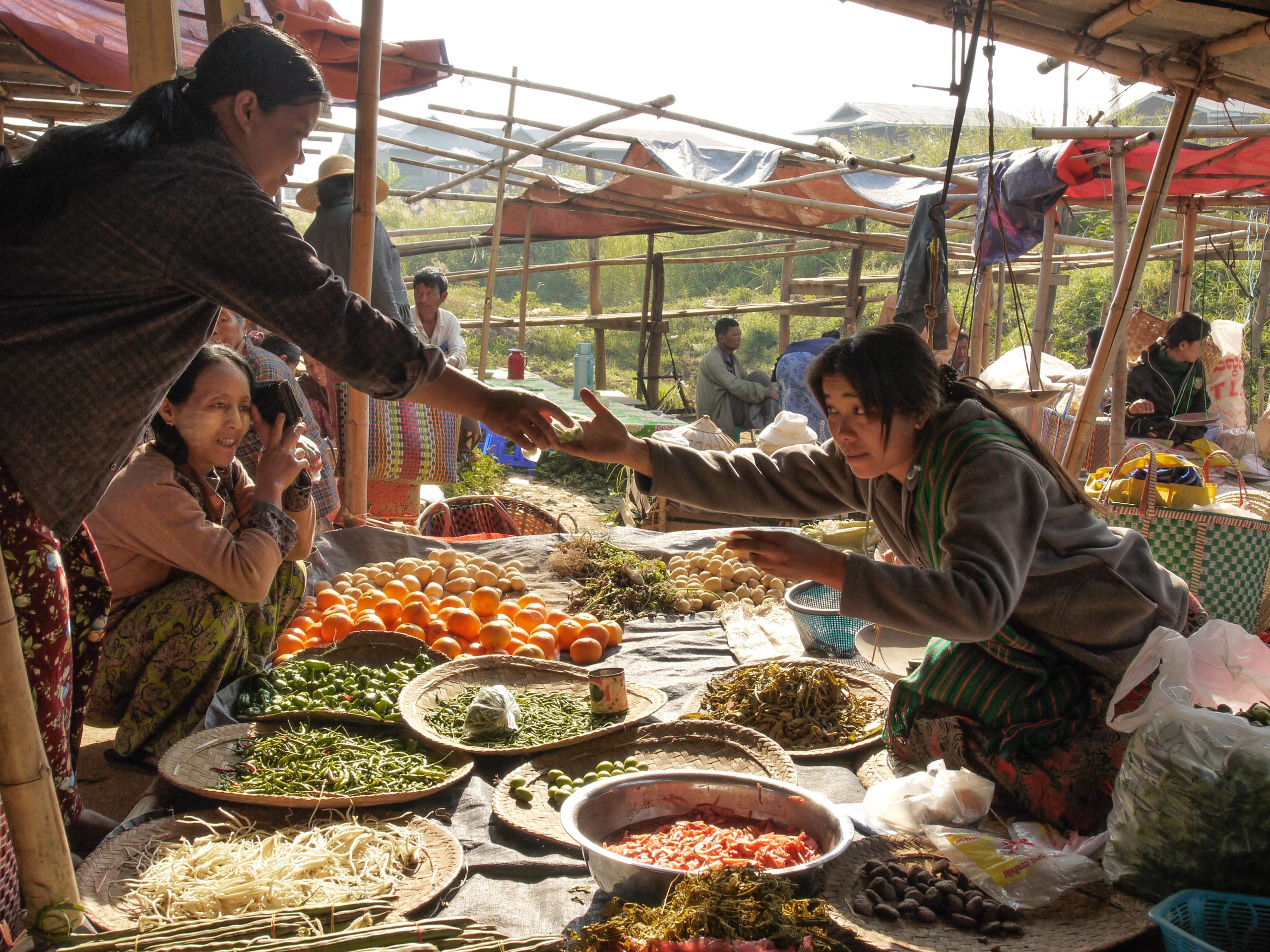Others
Financing Sustainable and Resilient Food Systems
Bambang Susantono 16 Mar 2021
Opening remarks by Bambang Susantono, ADB Vice-President for Knowledge Management and Sustainable Development, at the Rural Development and Food Security (Agriculture) Thematic Group’s Sustainable Food Webinar Series, 16 March 2021.
Good evening, good afternoon or good morning to our distinguished panelists, colleagues, and guests, wherever you may be.
It is my pleasure to welcome you to our new Sustainable Food Webinar Series. The Series investigates how we can make the food systems more sustainable and resilient. This year, in September, we will have the UN Food Systems Summit, followed by ADB’s biennial Rural Development and Food Security Forum. It is an opportune time to discuss how to transform the food systems.
Risk of food insecurity is rising due to the COVID-19 pandemic
The pandemic disrupted economic growth globally, as countries responded to this tragic health crisis. Simultaneously, the risk of food insecurity is rising.
The FAO food price index has recorded an increase for nine consecutive months. Last month, food prices reached the highest level since July 2014. The World Food Programme also says that the number of people in Asia and the Pacific facing acute food insecurity nearly doubled to 265 million by the end of last year.
Countries must respond urgently to manage these growing risks. And we need to avoid the possibility of a food crisis similar to 2007/2008.
Vulnerabilities of food supply chains
One of the most important lessons of the pandemic is that our food supply chains are vulnerable. Weak logistics and storage systems are among the many challenges we face.
There are also public health risks associated with our food supply chains. WHO estimates that at least 61% of all infectious diseases are zoonotic—or those that originate from animals. Research shows that the risk of new or re-emerging zoonotic diseases is particularly high in Asia, due to the close proximity of humans and animals in wet markets.
The pandemic has underscored the close connections between people, nature, and climate. Balancing the health of people, animals, and the environment is crucial for sustainable development.
Added to this, unsustainable agricultural practices in our region poses serious threats to long-term food security. Such practices include increased and intensified chemical use. Also, getting food from the field to the table impacts our climate. According to the Intergovernmental Panel on Climate Change or IPCC, food supply chains account for up to 29% of greenhouse gas emissions.
Actions required for food system transformation
All these lessons increase the urgency of building sustainable and resilient food systems. How do we do this?
Policies and institutions must provide the right incentives to minimize environmental and health consequences. We need to scale up both public and private investments in green businesses—such as ecological agriculture, a circular bioeconomy, eco-tourism, and better pollution control.
We also can maximize the benefits of using innovative technologies. The rapid embrace of digital technology is generating new businesses and financial models that can help accelerate food system transformation. For example, remote sensing, spectral analysis, and blockchain technology can effectively reduce greenhouse gas emissions and reduce water use, among other benefits. ADB will proactively use our knowledge capacity and financial instruments to support our countries make progress in these areas, in collaboration with our partners.
Integrated rural development and food security
The pandemic saw millions of rural migrants lose their city jobs, forcing them to return to their rural homes. As we go into post-pandemic recovery, we need a clear strategy for rural development to rebuild these lost livelihoods.
In 2018, ADB adopted Strategy 2030, in which promoting rural development and food security is identified as one of the 7 priority areas. The strategy offers a holistic approach to support long-term rural recovery and resilience, while assisting our countries in transforming their agri-food systems. We believe that by effectively leveraging digital technology and addressing the rural-urban digital divide, we can achieve this in three key dimensions.
First is to promote greater agricultural productivity through innovative technologies. More “nutrition sensitive” programs can also help increase the availability and accessibility of healthy, nutritious food to all population.
Second, an enabling environment for agri-business to thrive will promote inclusive business, connecting the base-of-the-pyramid population with the mainstream economy. We believe that opportunities exist in leveraging digital technology for better integration of the huge number of smallholders into value chains. By providing on- and off-farm jobs, more youths can become “agri-preneurs.”
This leads me to the third point on rural development—that is to focus investments on improving social and environmental welfare. Better education and healthcare services, along with social protection systems, will be critical.
ADB’s achievement
Let me highlight some of our achievements in food security and rural development.
ADB increased investments in agriculture, natural resources, and rural development over 4 times this past decade. Our annual investments rose from $1.6 billion in 2009–2011 to $6 billion in 2018–2020.
In the past, farmers had few incentives to pursue sustainable agriculture and protect natural assets, which were often associated with significant costs or reduced income. This was due to the disconnect between retail food prices and the high cost of production and distribution, as well as an implicit environmental cost. This, however, has been changing over time.
For example, our Anhui Huangshan Xin’an River Ecological Protection and Green Development Project in the PRC is a model for how a structured green investment fund can support Small and Medium Enterprises in green businesses such as ecological agriculture, eco-tourism, and pollution control. It shows how we can blend ADB financing with an eco-compensation fund to help transform an agri-food system, while at the same time provide incentives for small farmers to adopt better practices.
Our knowledge work is also shifting to food system transformation. For example, ADB completed a cross-country analysis to promote green and resource-efficient agriculture in Bangladesh, Cambodia, and Nepal. We are also partnering with international organizations and national think-tanks to blend global knowledge with on-the-ground realities to create customized, context-specific knowledge solutions.
ADB’s catalytic role in financing food system transformation
Moving forward, we will continue to diversify our portfolio to cover food system transformation, leveraging on private and public partnerships, and providing innovative knowledge solutions. In fact, we are now designing an Innovative Natural Capital Financing Facility to enhance ADB’s ability to catalyze natural capital investments and provide knowledge solutions.
The facility has 3 pillars—a Natural Capital Lab, an Agribusiness Service Platform, and a Natural Capital Fund. The lab is a living and virtual platform to incubate, accelerate and expand natural capital investment. It will leverage existing accounting tools to quantify the ecosystem service value of green agricultural value chains. It will also strengthen eco-compensation for ecological services, which in turn will incentivize behavioral changes in small farmers. It establishes a financial facility to convert ecosystem asset values into a revenue model for agribusiness.
I conclude my remarks with my appreciation to our speakers today for enhancing our discussions. And the dialogue will not stop here. I look forward to our joint work ahead in helping transform our food systems. Thank you.
Speaker

Susantono, Bambang
Vice-President for Knowledge Management and Sustainable Development, ADB


